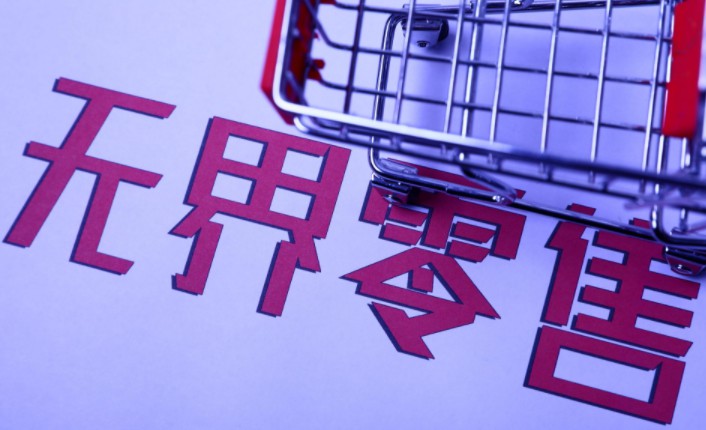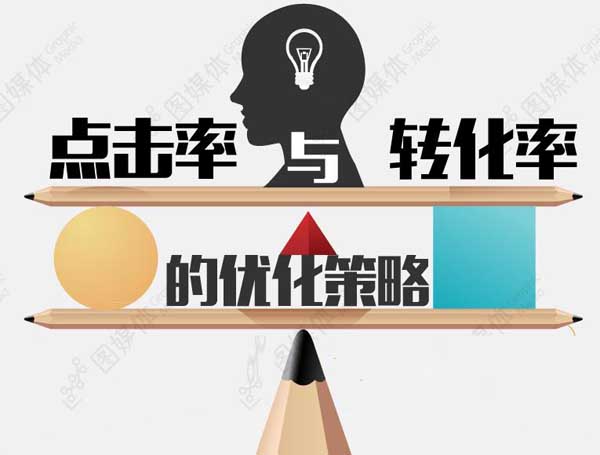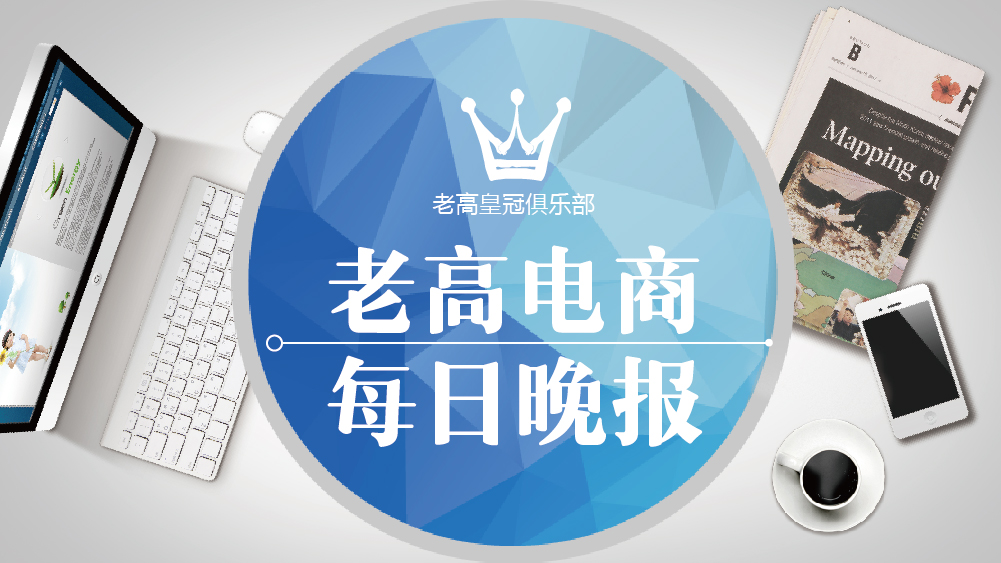JD.com recently officially released the "JD New Channel Borderless Retail Strategy", announcing the launch of joint warehouse and distribution, and working with brands, channel merchants and retailers to upgrade retail infrastructure. Retail Frontiers believes that JD.com's move is intended to solve the two major pain points of delivery and price sensitivity of husband-and-wife stores, and the announcement of entering the catering B2B will also add the gunpowder smell of new varieties to the physical harvest war in third- and fourth-tier cities. The news caused another fireworks to burn the already noisy B2B market.

After experiencing natural growth and the impact of e-commerce, the traditional retail industry seems to be approaching consumers in a lighter way, which includes repositioning of retail, customer reach points, product selection logic, and service depth, etc. This is why in recent years, convenience store formats have been widely sought after. The corresponding majority of Chinese husband and wife stores, as the end of the retail industry, have become the target of giants for competition because of their advantages such as closer to consumers, longer business hours, and more humane.
Why harvest, the attraction of husband and wife's wife shop
In recent years, in order to make the terminal market more smoothly, Alibaba and JD.com have all made crazy harvests of husband-and-wife stores, and launched a one-stop procurement platform to layout the traditional distribution industry.
However, from another perspective, under the fierce market competition, building a procurement platform alone cannot completely solve the pain points of husband and wife stores. Retail Frontier Society (has interviewed many such small shop owners, and they all said that price and delivery are still their most concerned issues for the enlistment of giants.
Giants like Alibaba and JD.com dare not slacke in harvesting small stores in third- and fourth-tier cities. So, a year has passed, how is the harvest progressing? What progress has been made in supply chain, sales and scenarios? On the basis of helping small shops better provide services to consumers, how can we help brands and dealers better sell sales?
In July 2014, Alibaba's retail network platform was officially launched; at the end of 2015, JD.com established a new channel business unit. In 2017, Liu Qiangdong shouted: In the next five years, more than 1 million JD convenience stores will be opened nationwide, and half of them will be slogans.
For decades, husband and wife stores have many upstream supply chains, and traditional supply channels have at least six levels. Profits are largely cut away by the middle layer. The store owners lack the ability to distinguish the authenticity of goods, so that the price of goods and the ex-factory price is very different. Finally, the profits in husband and wife stores are extremely low. In addition, many pain points such as dispersed dealers and unable to keep up with logistics and distribution have made the giants unable to hold back and flock into the market. On March 20, JD.com officially released the "JD New Channel Borderless Retail Strategy", announcing the launch of joint warehouse distribution, and working with brands, channel merchants and retailers to upgrade retail infrastructure. Retail Frontiers believes that JD.com's move is intended to solve the two major pain points of delivery and price sensitivity of husband-and-wife stores, and announced its entry into catering B2B, which also adds the smell of new varieties of food harvesting war in third- and fourth-tier cities.
Brands embrace B2B, traditional distributors seek transformation
The giant's B2B platform is connected to the end of the retail industry, while the other end is brand owners. Brand owners also have special emotions about JD.com's new channel.
Mondelez is one of the brands that entered the JD B2B platform shopkeeper Bao earlier. Mondelez China Vice President of Sales Jiang Shijie said that although Mondelez has currently covered 1.5 million online stores across the country, according to statistics, there are 3 million small stores in China that can sell the brand, and it is very difficult to rely on traditional channel dealers to reach the remaining 1.5 million.
According to Kantar Retail statistics, nearly 55% of brand owners use at least 200 dealers to operate traditional channels. Super brand manufacturers have 700 dealers. Even so, it still cannot cover all 7 million retail stores.
In the past few years, although brand manufacturers have long established their own traditional distribution channels, they have been unable to accurately place them, resulting in waste of resources. Their pain points have not been well solved in the past decade. Due to the poor integration of traditional distribution channels, the sales of 7 million husband-and-wife stores account for nearly half of the total market, but it is difficult for brands to effectively reach these long-tail terminal stores.
Turn around and embrace the giants that provide services through the secondary distribution wholesale market, becoming the most cost-effective choice for brand owners.
Brands collectively call platforms such as Retail Tong and Zhanggui Bao "EB2B Platform" and show a positive attitude towards the emergence of new platforms. However, the emergence of B2B platforms has also put pressure on traditional dealers. In order to keep up with the pace of transformation, many large traditional dealers are currently building their own EB2B platforms.
In order to solve the problem of waste of resources and materials not reaching the store, JD.com launched the Walker sales platform in response to this purpose, with the purpose of transforming marketing resource allocation from inefficient and passive to efficient and automatic.
Zhang Nan, senior manager of P&G B2B, told Retail Frontier Society (ID: lingshouqianyanshe) that it can be said to be a new solution to eliminate intermediate links through the Walker System platform. It is difficult to fully serve the 7 million husband-and-wife stores in a large pool of 7 million husband-and-wife stores.
Accelerating the pursuit of cooperation between brands is, on the one hand, helping brands achieve places that traditional dealers cannot reach, and on the other hand, it is also to strive for more profit margins for small shop owners. When actually using the B2B platform, it is very common for small shop owners to use multiple prices to compare prices. In order to have more advantages in harvesting, evaluating brand owners that cooperate with giants has become another powerful tool to accelerate the harvest of husband-and-wife stores.
According to the person in charge of Xintonglu, at present, 1,300 brands including Uni-Yi, Leshi, Wahaha, Colgate, Want Want, and Sanxiao have entered the shopkeeper platform.
How to play the winning game of circulation
In the past few decades, the purchase method of husband and wife stores has been generally taken to go to the wholesale market or call wholesalers and dealers to purchase goods. This has resulted in a small purchase volume of small stores. You need to wait until the previous suppliers complete the assembly and arrange the delivery uniformly. The whole process is very cumbersome and time-consuming.
To a certain extent, although husband-and-wife stores are a major role in commodity circulation, they have never had the right to speak or formal purchasing channels, which has led to the rampant counterfeit products.
Wang Xiaosong, president of JD.com's Fast-Cash Business Group, once recalled that a few years ago he went back to his hometown to see his uncle in the countryside. After soaking noodles, he found that it was Kang Shuaifu. Several years have passed, and the phenomenon of copycats and imitating products in third- and fourth-tier cities has become increasingly serious. Similar incidents were also exposed at this year's 315 Gala.
With the emergence of B2B, JD.com's new channel is sufficient to ensure that the delivery speed of the store the next day is enough to ensure that the delivery speed of the store the next day. However, through an interview, the store owners of the store are more satisfied with the second batch of dealers than traditional distributors and B2B, because it is possible to deliver it in half a day if you make a call.
It is precisely because of this pain point that Xintonglu launched joint warehouse distribution, which mainly solves the problem that some categories can reach small stores more quickly, that is, joint small and medium-sized distributors and wholesalers, and the circulation of goods is faster. Brands will intervene their channels and warehouse distribution resources into the new channels as joint warehouses and distribution networks.
For example, high-frequency and high-service demand categories such as water and beverages. For these categories, small stores often have immediate demand. Traditional dealers can deliver these categories to the store as soon as possible within 1 hour, but the new channel delivers all products in 1-2 days, which obviously cannot truly improve the supply timeliness of stores.
It is reported that the joint warehouse distribution will be the first to carry out high-frequency and high-service demand categories, and will be lowered to the town's primary market at least, with a service radius of 3-5 kilometers per joint warehouse.
According to JD Dafang, the number of users serving JD.com shopkeeper treasure exceeded 500,000 this year. At the same time, during the interview, Wang Zheng, general manager of the marketing department of JD Mall Xintong Road Business Department, said that the number of JD convenience stores has reached the estimated 50,000 at the beginning of the year.
Is catering B2B a show?
Under the wave of new retail, Alibaba and JD.com have set their sights on offline scenarios, and have fully expanded their value-added services with the help of supply chain, finance and other value-added services. In addition to the retail format of husband and wife stores, Xintonglu has recently targeted catering B2B, adding the gunpowder smell of new varieties to the physical harvest war in third- and fourth-tier cities.
According to data released by the National Bureau of Statistics, China's catering industry began to transform in 2012. In 2015, China's catering market size reached 3 trillion yuan, exceeded 3.5 trillion yuan in 2016, and is expected to exceed 4 trillion yuan in 2017. Behind the rapid growth, the scale of China's catering ingredients procurement has also reached RMB 900 billion.
Seeing such a blue ocean market, JD.com New Channel officially announced its entry into catering B2B. Faced with the fact that the catering market has always been small and scattered, the cost of labor and food in the market is relatively high, and the supply chain is a major solution. However, JD.com said that it currently takes rice, flour, grain, oil, seasonings, dry goods, etc. as the entry point, and will gradually expand to categories such as fresh food, wine, beverages, etc.
Zheng Hongyan, vice president of JD Group and president of JD New Road Business Department, told reporters that JD is building a catering store supply chain. In terms of business direction, it is possible to cooperate with Meituancun, which is also a "Tencent" group, but at present, there is no actual promotion. "The group level is in exchange for Meituan, but it has not talked about specific businesses. In the short term, the two companies still have different strategic considerations."
The person in charge of JD.com's new channel has repeatedly emphasized that he does not want to define it as a matchmaking or a self-operated model, because the existence of the new channel is not a simple replacement and replacement. He also hopes to build a more efficient and low-cost system to solve the industry pain points of husband and wife stores together.
Unlike most retail formats at present, JD Convenience Store can not only sell goods displayed in the store, but also sells a large number of JD online products; in addition to product retail business, JD Convenience Store also builds a "retail as a service" ecosystem, providing value-added business modules such as life services, financial services, commercial services, and public welfare services.
Like "shouldering", "harvest" is also a hot word, with two types of postures. One is to obtain uncontrollably, such as "cutting leeks"; the other is to rely on the empowered brand. Obviously, giants are more inclined to the latter, and the harvesting actions of major giants are still continuing, and participation in more business formats may also be a trend.







 EN
EN CN
CN
